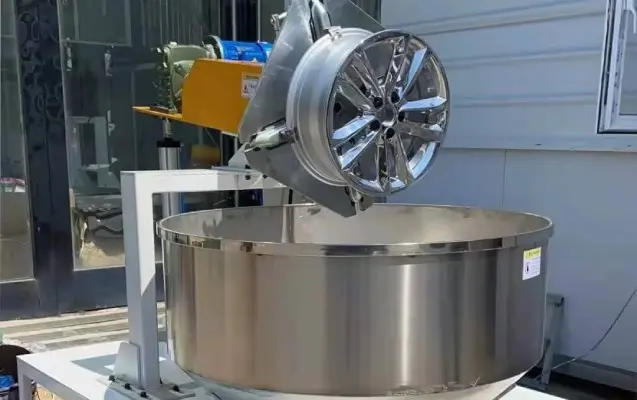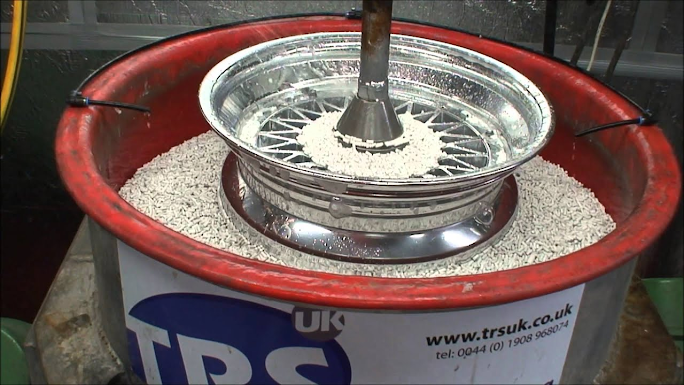How to Incorporate Ceramic Polishing into Your Craftsmanship: Creative Approaches
Ceramic Polishing is a process that enhances the appearance and durability of ceramic surfaces, providing them with a glossy and smooth finish. From tiles and countertops to floors and other surfaces, ceramic polishing can transform these materials, improving their aesthetic appeal and longevity. By understanding the process and benefits of ceramic polishing, you can make informed decisions about maintaining and beautifying your ceramic surfaces.
Ceramic Surface
Ceramic surfaces, while known for their strength and resistance to wear, can become dull or scratched over time due to regular use. Ceramic polishing involves using specific tools and materials to buff the surface, removing imperfections and restoring its original luster. This process can be done on both glazed and unglazed ceramic surfaces, with different techniques and products suited to each type.
Well-Maintained
One of the key benefits of ceramic polishing is the restoration of a smooth, glossy finish. Polishing removes surface scratches and imperfections, creating a flawless appearance. This can greatly improve the overall look of your ceramic surfaces, making them appear new and well-maintained. The polished surface also reflects light better, adding brightness and a sense of cleanliness to the space.
Healthier Indoor Environment
In addition to enhancing the visual appeal, ceramic polishing can improve the durability and longevity of your ceramic surfaces. By smoothing out the surface, polishing helps to create a protective barrier against dirt, stains, and moisture. This makes it easier to clean the surface and helps prevent damage from spills or other accidents. Polished ceramic surfaces are also less likely to accumulate grime or mold, contributing to a healthier indoor environment.
Polishing Compounds
Ceramic polishing can be performed using a variety of methods and materials. For instance, diamond polishing pads are commonly used for smoothing and polishing ceramic floors. These pads come in different grits, allowing you to start with a coarser pad to remove scratches and then gradually progress to finer grits for a high-gloss finish. For ceramic tiles and other surfaces, polishing compounds and buffers can be used to achieve similar results.
Ceramic Polishing Services
Professional ceramic polishing services are available for those who prefer expert handling of their ceramic surfaces. These services typically involve a thorough inspection of the surface to assess its condition and determine the best approach for polishing. Trained technicians use specialized equipment and techniques to achieve optimal results, ensuring that your ceramic surfaces are polished evenly and effectively.
Professional Services
While professional services are often recommended for large or delicate surfaces, some homeowners choose to polish smaller ceramic areas themselves. DIY polishing kits are available, which include the necessary pads, compounds, and instructions for the process. It's important to follow safety precautions and manufacturer guidelines when using these kits to avoid damaging the ceramic surface.
Conclusion
Ceramic Polishing is a valuable process that revitalizes the appearance and durability of ceramic surfaces. By removing imperfections and restoring a smooth, glossy finish, polishing enhances the aesthetic appeal of tiles, countertops, floors, and more. It also provides practical benefits such as improved cleanliness and protection against stains and damage. Whether you choose to polish your ceramic surfaces yourself or hire a professional service, the results will bring new life to your home and ensure your ceramic surfaces remain beautiful and functional for years to come.


Comments
Post a Comment